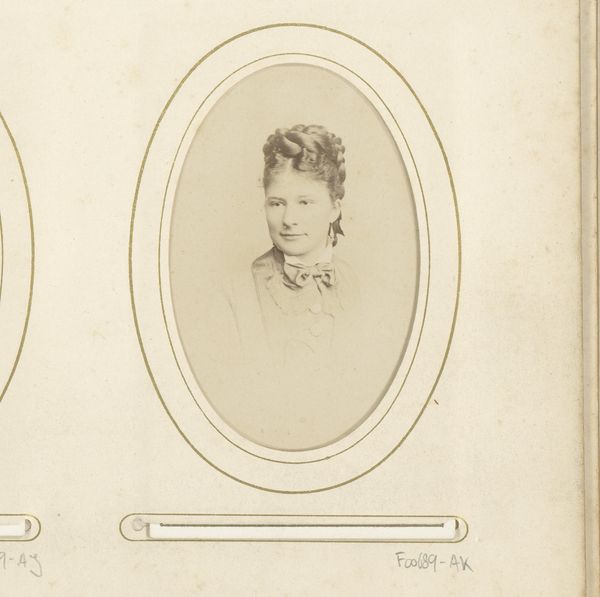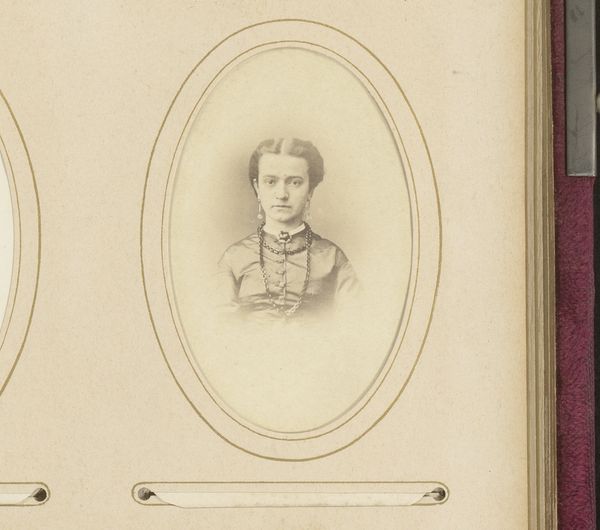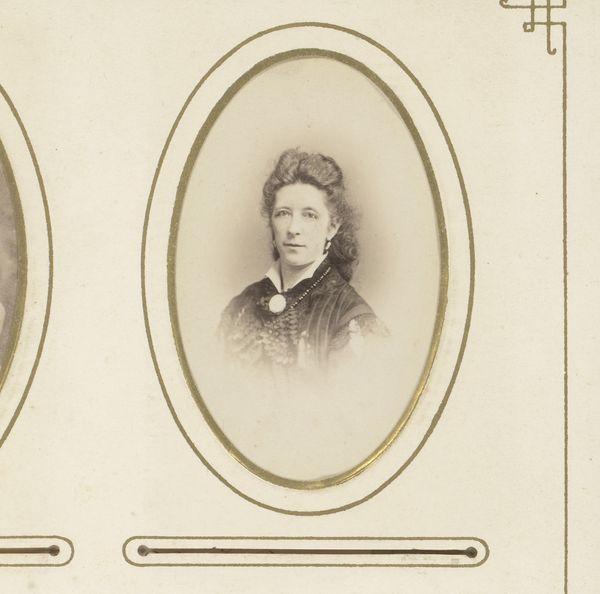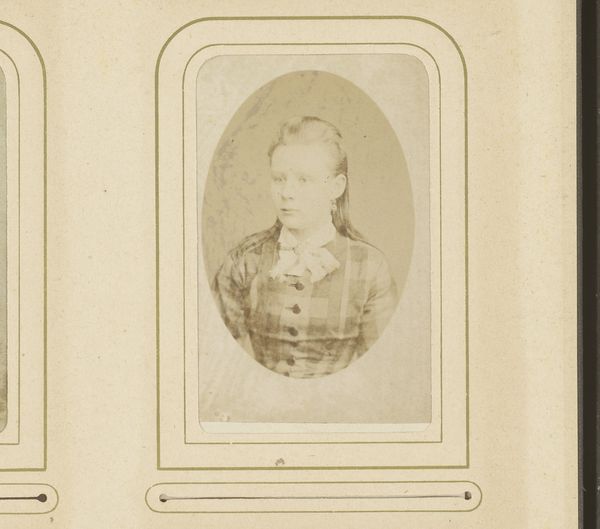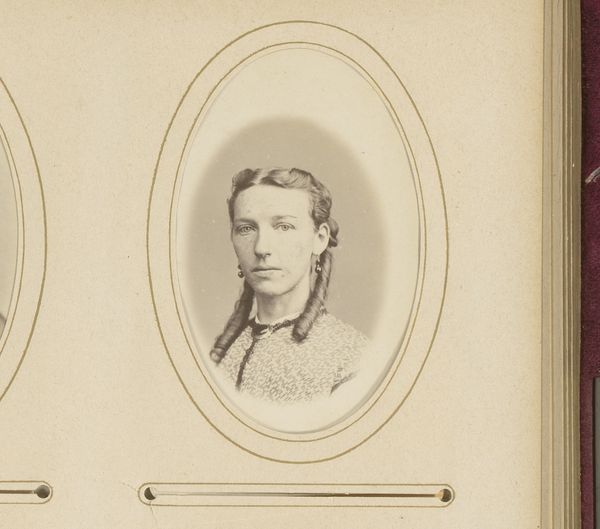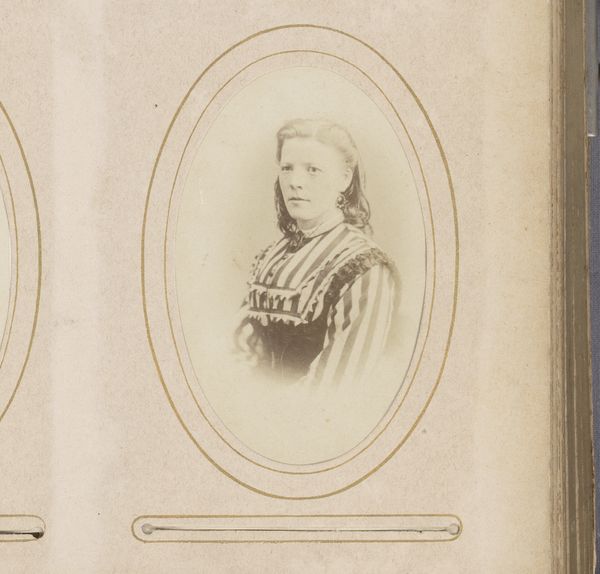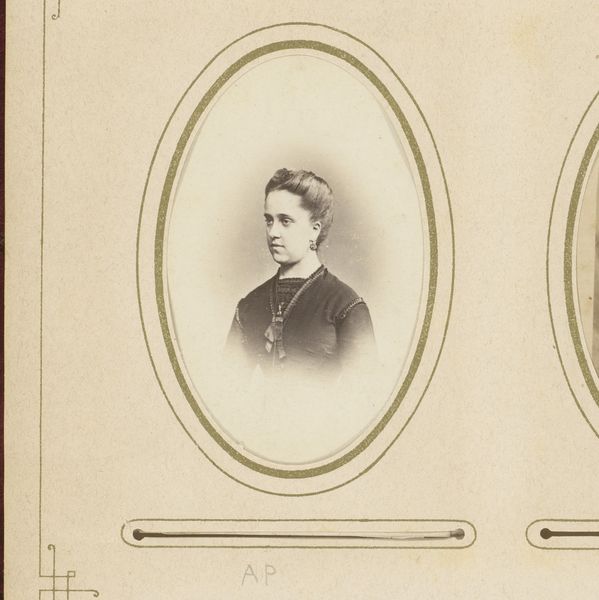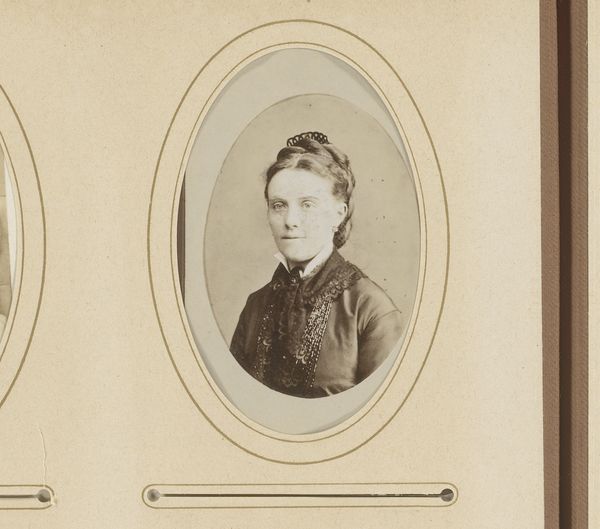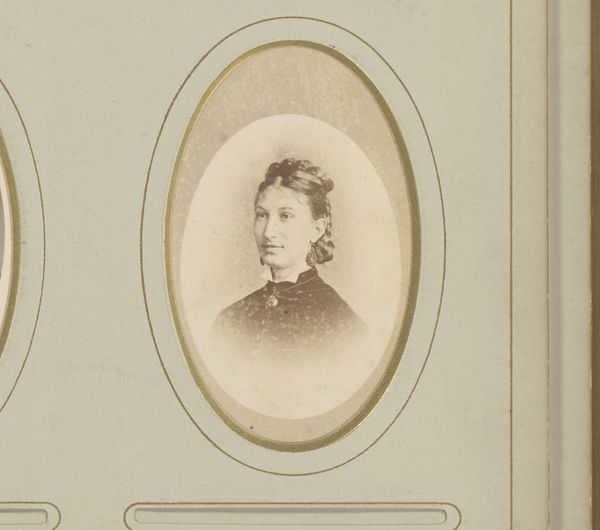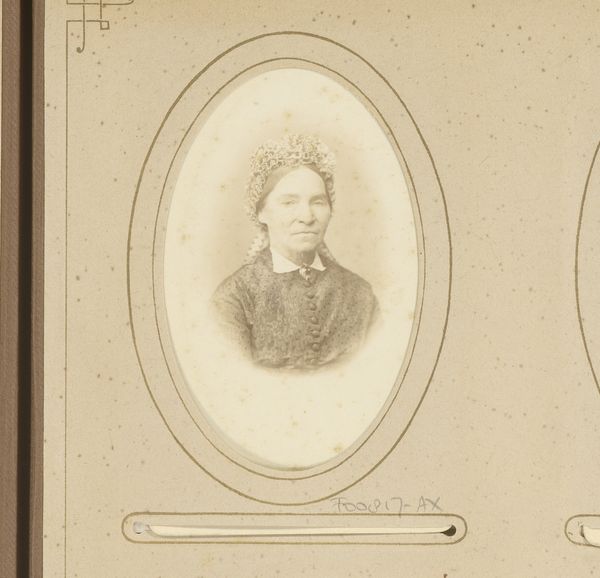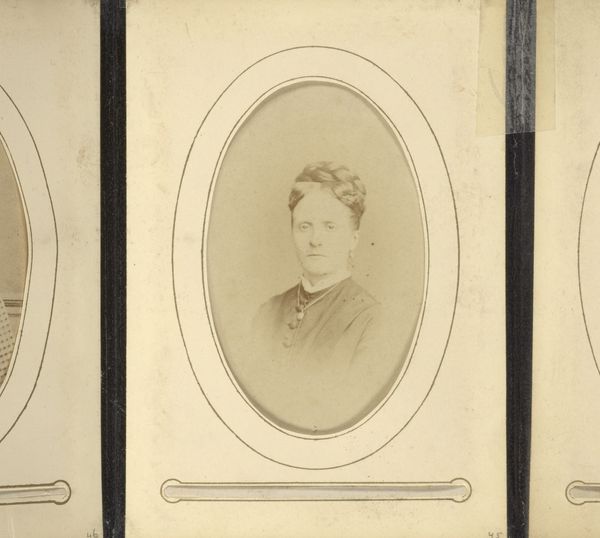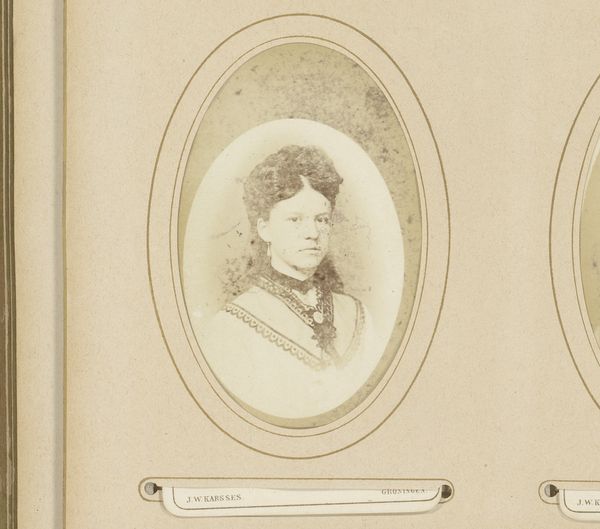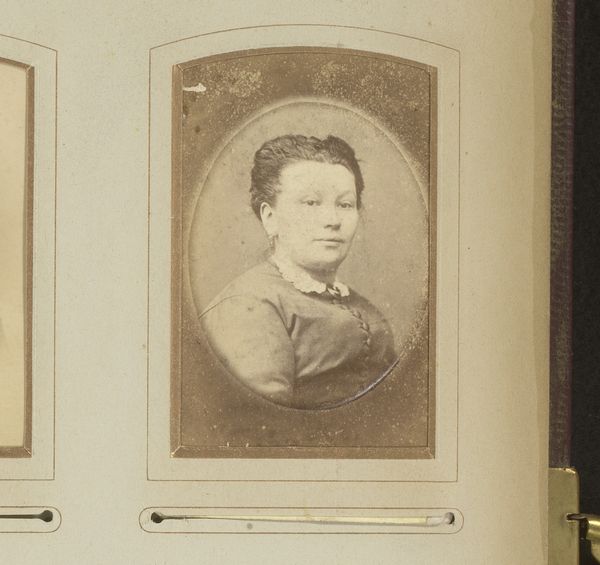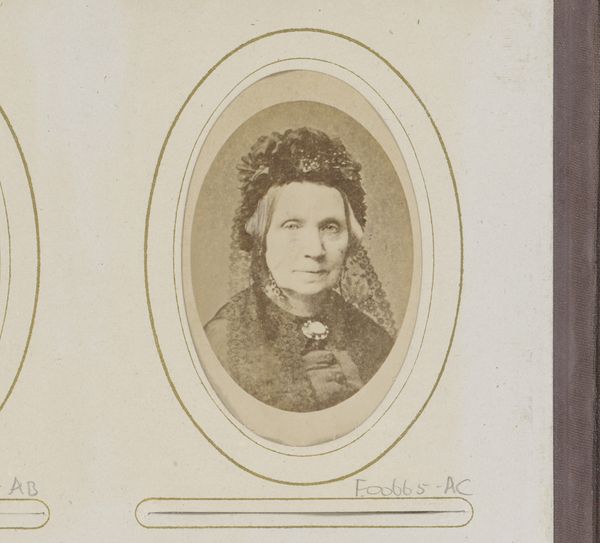
photography
#
portrait
#
photography
#
19th century
Dimensions: height 84 mm, width 51 mm
Copyright: Rijks Museum: Open Domain
Hendrik van der Worp made this albumen print, a photographic process popular in the 19th century, by coating paper with egg white and then exposing it to light through a negative. This was a significant shift from earlier photographic methods, allowing for sharper images and easier reproduction. The albumen gives the print its characteristic sheen and depth, and the warm sepia tone we see here. Mass production of photographs like this portrait democratized image-making, enabling a wider range of people to participate in visual culture. Photography became a powerful tool for documenting and disseminating images, and the ability to capture and share portraits transformed social and cultural practices. By focusing on the materiality of the albumen print, we can better understand its historical context and appreciate its significance beyond its subject matter. It makes you consider the amount of work involved in the production process, challenging traditional distinctions between fine art and craft.
Comments
No comments
Be the first to comment and join the conversation on the ultimate creative platform.
